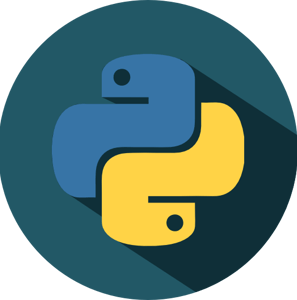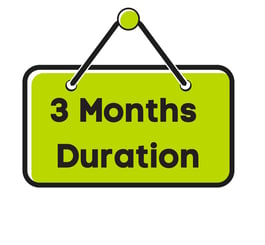Python is a popular programming language known for its versatility and global recognition. Created by Guido van Rossum in 1991 and further developed by the Python Software Foundation, Python stands out for its readable code and expressiveness, allowing programmers to convey ideas concisely.
It is widely used in web and software development, enabling the creation of advanced applications that work with various protocols. Python's popularity is evident in its widespread use in today's leading applications, offering exciting career opportunities for those who learn it.


MODULES
Python language introduction Python 3 basics
Python The new generation language
Important difference between python 2.x and python 3.x with example
Keywords in Python | Set 1, Set 2
Namespaces and Scope in Python
Statement, Indentation and Comment in Python
l Structuring Python Programs.
Learning Outcomes
Gather essential summary statistics from data files, providing valuable insights into the data.
Manipulate and extract data efficiently from pandas Data Frames, allowing for data analysis and manipulation.
Write Python code that follows standard style guidelines, ensuring readability and maintainability of your code.
Construct basic programs using fundamental programming concepts such as variables, conditional logic, loops, and functions, enabling you to solve problems and automate tasks.
Engage with user input to create enjoyable and interactive programs, making your applications more user-friendly and engaging.


